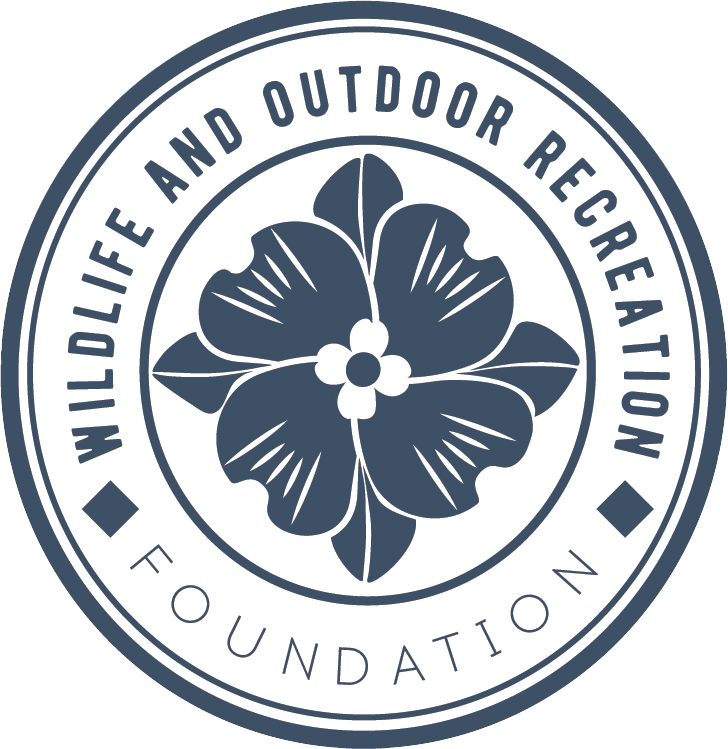WINTER FUN OUTDOORS!
Embark on an enjoyable winter wildlife scavenger hunt for kids during the weekend. Download the scavenger hunt form and relish the wonders of the "wild" outdoors!
NEST Building activity:
Create a bird nest just like birds do with this kids' activity that requires no glue or tape. Follow these steps to build a bird nest and discover the fascinating world of avian architecture!
Nests protect eggs
Nests are primarily built by birds to serve as protective structures for their eggs. The construction of nests is a vital behavior that contributes to the survival and well-being of bird offspring.
nest building steps:
nest building tools:
Twigs and Small Branches: Many birds use twigs and small branches as the primary structural elements of their nests. You can collect small, flexible twigs to create the frame.
Grass and Straw: Birds often weave grass and straw into the structure to add support and insulation. Include these materials for authenticity.
Leaves and Moss: Some birds incorporate leaves and moss into their nests, providing additional insulation and camouflage.
Feathers: Feathers may be used to line the interior of the nest, providing a soft and comfortable bed for eggs and chicks.
Gather Materials: Collect the materials needed for the project. You can take a nature walk to find twigs, leaves, and other natural items. Alternatively, you can use craft materials like paper, yarn, and clay to simulate natural elements.
Design the Nest: Encourage the kids to sketch or plan the design of their bird nest. Discuss the purpose of each material and how it contributes to the strength and functionality of the nest.
Build the Frame: Start by creating the frame of the nest using twigs or small branches. Kids can arrange and weave them together to form the basic structure. This step mimics the way birds create a sturdy foundation for their nests.
Add Grass and Straw: Integrate grass or straw into the nest, mimicking the insulation and support birds achieve with these materials. Kids can weave them through the twigs to create a cozy interior.
Include Leaves and Moss: Enhance the nest by incorporating leaves and moss. Discuss how these materials provide additional camouflage and protection for the eggs and chicks.
Feather Lining: Add feathers to line the interior of the nest. Discuss the importance of a soft and warm lining for the comfort of bird eggs and chicks.
FUN IN THE FALL!
Kids love color and fall brings that out in all of the trees, that are no longer green! Engaging children in outdoor activities like collecting leaves during the fall can be both fun and educational. Here are some tips and ideas to make leaf collecting an enjoyable experience for both parents and children:
Leaf Collecting Tools:
Provide Bags or Baskets: Give children bags or baskets to collect leaves. This gives them a sense of purpose and helps them organize their collection.
Include a Notebook: Provide a small notebook and encourage kids to write down observations about each leaf, such as where it was found or the characteristics of the tree it came from.
Exploration and Learning:
Identify Different Trees: Teach children to recognize different types of trees based on their leaves. Each tree species has distinct leaf shapes and colors.
Discuss Seasons: Explain why leaves change color in the fall. Talk about the science behind this process, involving chlorophyll, carotenoids, and anthocyanins.
Wildlife Exploration: Encourage kids to observe insects, birds, and other wildlife that might be around while collecting leaves. It's a great opportunity for learning about the ecosystem.
Why is that tree not green?
When chlorophyll breaks down the tree leaves green color disappears , and unmasks yellows, oranges, reds, and purples.
Photo Credit: Joe Mickey
Why are the leaves falling?
The trees shed these leaves in preparation for winter.
Photo Credit: Joe Mickey
Scientific Activities:
Leaf Comparisons: Compare leaves based on size, shape, color, and texture. This encourages observational skills and critical thinking.
Lifecycle Discussions: Discuss the life cycle of a leaf, including how it grows, changes colors, falls, and decomposes, enriching the soil.
Creative Activities:
Leaf Rubbings: Use collected leaves for leaf rubbings. Place a leaf under a piece of paper and rub a crayon gently over it to reveal the leaf's texture.
Leaf Crafts: Press leaves between heavy books to preserve them. Later, they can be used for crafts like making greeting cards or decorating photo frames.
Leaf Rubbing is fun for all ages!
This activity highlights the veins, texture, and shape of the different leaves, and makes really nice wall art!
Photo Credit: PFP





